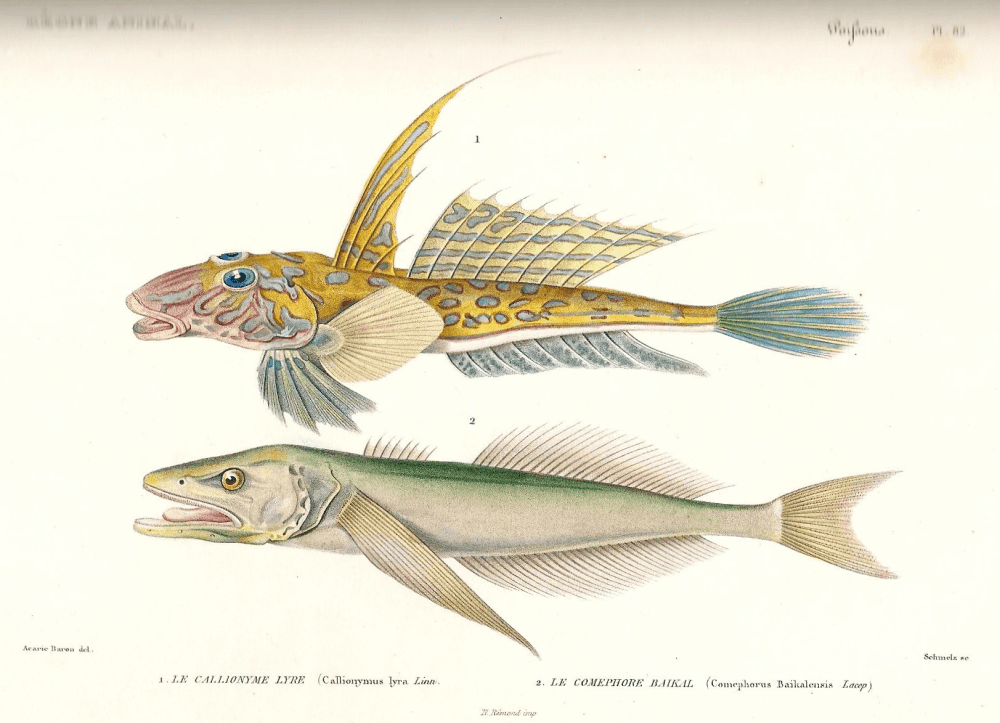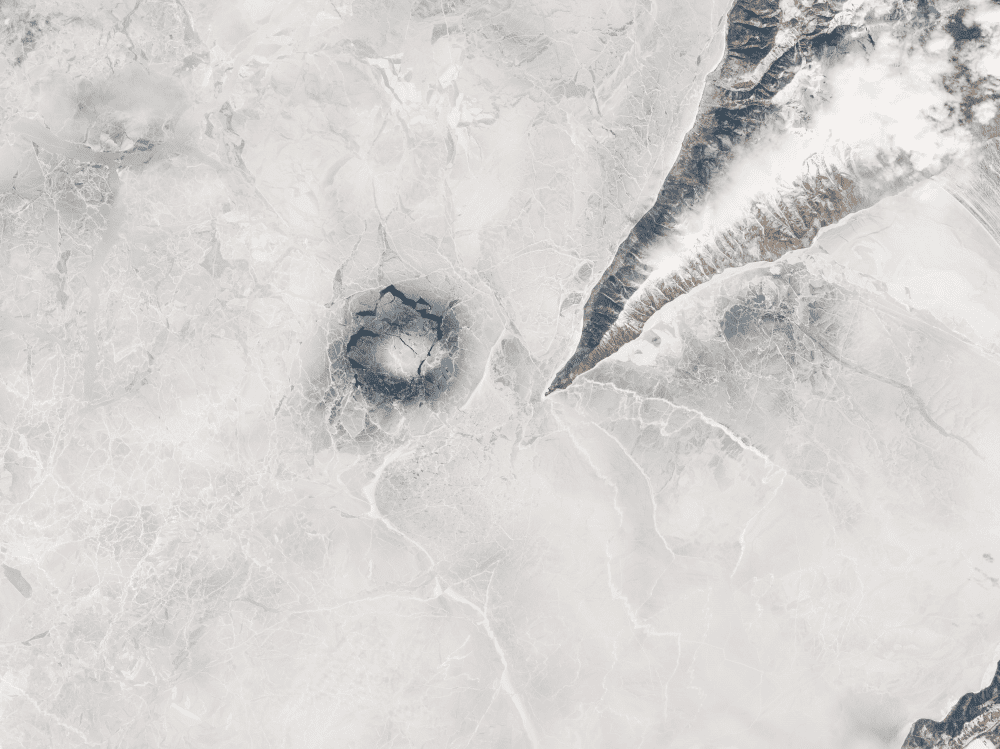The world’s oldest lake can be found in southeastern Siberia where it’s believed to have existed for around 25 million years. As well as being the great great grandad of lakes, Baikal is also the deepest at 1,700 meters (5,600 feet). The impressive accolade means it’s home to around 20 percent of the world’s unfrozen freshwater reserves, and in a pond that massive you can expect a fish or two.
Lake Baikal is known as the “Galapagos of Russia” for the many weird and diverse species that call it home. Despite being covered by a thick layer of ice for five months each year, the ecosystem that has developed in the lake is astonishing and like few others. It is estimated that 80 percent of plants and animals that live in it are found nowhere else on the planet.
Among them is the Baikal oilfish, also known as the golomyankas. They’re scale-less fish with translucent bodies that can stretch to around 21 centimeters (8.3 inches). There are two species in the Comephorus genus, C. baikalensis and C. dybowski.

Beyond their peculiar appearance, they’re unusual as they occupy the entire water column of the staggeringly deep lake, making them the most abyssal freshwater fish in the world. The oilfish are also cannibals, partial to swallowing up their own young as part of a diet made up of planktonic copepods, amphipods, and larvae.
Throughout the year, Lake Baikal’s temperature ranges quite dramatically. In the summer, the surface layer can be as warm as 16°C (61°F) in some areas, but the surface freezes for just over four months from early January to May. On average, the ice is about 0.5 to 1.4 meters (1.6 to 4.6 feet), but in some areas where there are hummocks (a knoll of ice that rises above the surface), it can be as thick as 2 meters (6.6 feet).
The lake has long been famous for the puzzling ice rings that appear during the winter months that are so vast they are visible from space. In fact, it was thanks to the help of NASA scientists that the mystery of these enormous spectacles was finally solved in 2020.

The source of the massive ice rings was tracked down in 2020 with help from NASA. Image credit: NASA Earth Observatory
Using data collected from satellites and sensors dropped into the lake, it was discovered that warm eddies deep below the frozen lake’s surface were creating a warm flow of water in a clockwise direction, even in the cooler months. The strength of the current is weakest in the center, where the surface ice remains frozen, but the stronger current on the outside of the eddy can thaw the ice, creating these astonishing formations visible from above.
While beautiful, the rings can prove perilous for the drivers who take their vehicles across the frozen lake, as despite being apparent from the perspective of satellites, they are a lot harder to spot at ground level. As a public service, Alexei Kouraev, an assistant professor at the Laboratory for Studies in Spatial Geophysics and Oceanography (LEGOS) at the Federal University in Toulouse, France, routinely updates a website with his team of researchers identifying the locations of newly formed ice rings.
As for what’s at the bottom of Lake Baikal, research has uncovered mats of bacteria along with sponges, limpets, and fish. It was also once thought that a dragon called Lusud-Khan was down there, and while nothing in the way of evidence has been found of the beast, it sounds a lot cooler than bacteria so we’re all for it.
Source Link: The World’s Oldest And Deepest Lake Is Home To Cannibalistic Fish